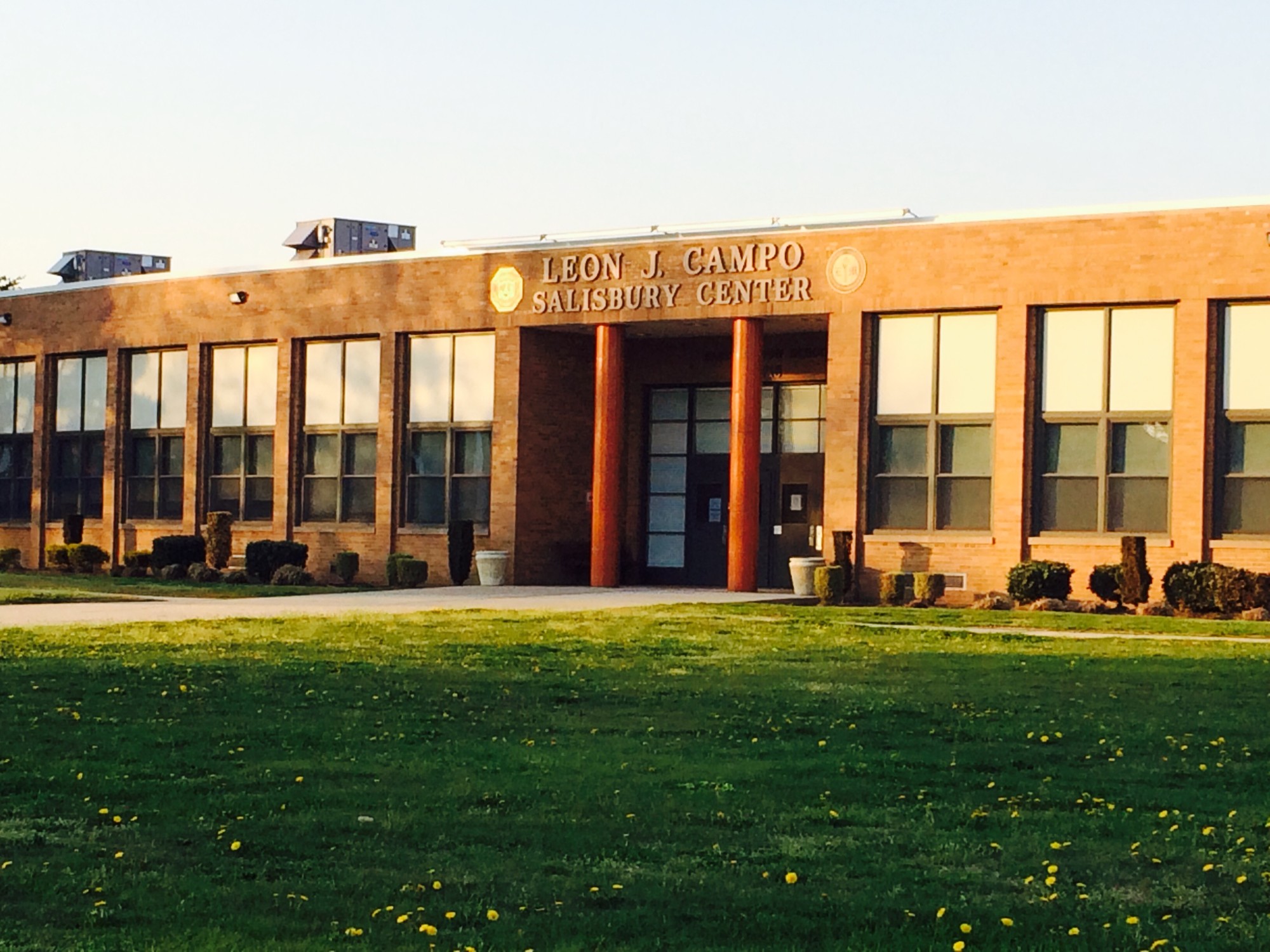Tensions rise at school board meeting
Residents decry district’s ‘nonexistent’ communication and transparency
Complaints from residents that a lack of communication and transparency in the East Meadow School District has created a toxic relationship between the administration and parents were the focus at last week’s Board of Education meeting.
More than a dozen people sounded off to district trustees at the April 30 communications meeting, bringing up the usual points of contention — state testing, the Common Core State Standards and full-day kindergarten. But communication and transparency were the common threads linking the criticism.
It’s nothing new for residents to passionately — and sometimes confrontationally — express their concerns during the public input sessions of these meetings, but last week they spoke with even greater fervor and urgency. Many said they felt alienated and ignored by the administration, and demanded that trustees make immediate changes to better align the district’s way of thinking with that of parents.
“I would like to express the dire situation we find ourselves in at the present time,” Tracy Allred Pulice, president of the Parent Teacher Association Council, said at the beginning of her report early in the meeting.
Presidents’ reports are normally used to update the community on advocacy initiatives undertaken by PTA members, but instead, Allred Pulice read a statement of concern that she said was on behalf of all 10 PTA units and the students they represent.
“The perception of our community is that there is a lack of concern for the well-being of our children,” she said, “as well as a nonexistent communication between the district and the community. These issues must be addressed.”
Allred Pulice pointed to the district’s delay in allowing students who opted out of the third- through eighth-grade state assessments to read quietly at their desks — they were permitted to do so for the first time this year — and its failure to utilize the PTA to disseminate information during school emergencies, such as lockouts or lockdowns, as major problems.

 44.0°,
Mostly Cloudy
44.0°,
Mostly Cloudy 




